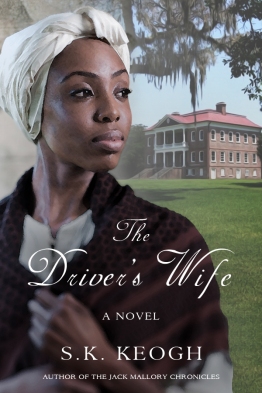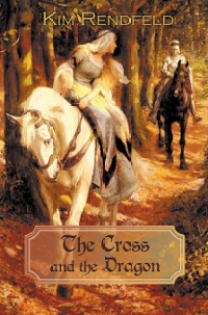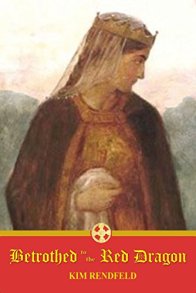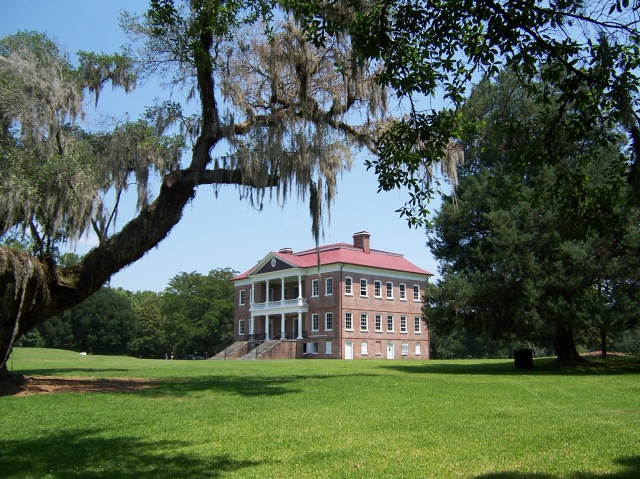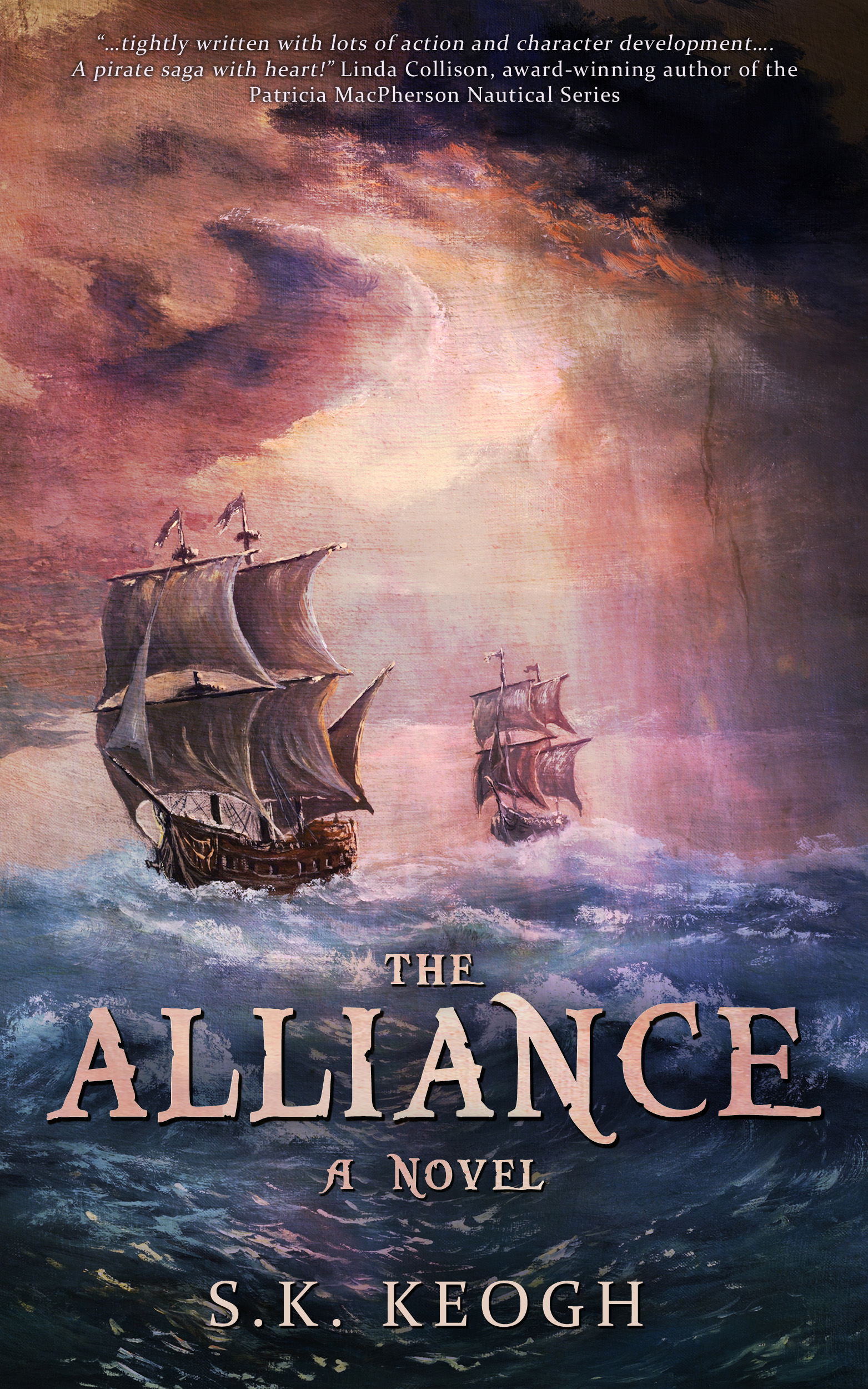This is the eighth and final part of my series of excerpts from Borden Hicks’ personal account in Glimpses of the Nation’s Struggle. Borden Hicks was a humorous young officer in the 11th Michigan Volunteer Infantry during the American Civil War. The 11th Michigan is the regiment chronicled in my upcoming novel, The Edge of Hell.
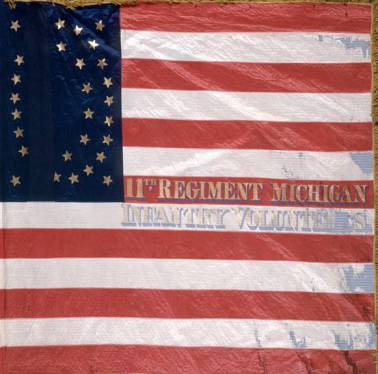
ATLANTA
Our last engagement was in front of Atlanta, in one of General Sherman’s flanking movements to the right. We occupied a line of works built by the Twenty-third Army Corps, our regiment relieving the 25th Michigan in which we knew many of the men; their position was so well protected by the works they had built that all we had to do was to occupy them.
The next day we were ordered to charge the rebel line. It was an open field in our front, gently sloping down to a dry creek bed that had deep banks cut out by spring freshets, and then up to the rebel line of skirmishers, and just back of them in the timber, their line of works.
We made our way down to the creek bed through a severe infantry fire and then out and up on the other side, and captured the skirmish line. I found when we arrived in this position that I was the ranking officer and consequently took command of the regiment. The major in command had been taken with a severe attack of cold feet and never left the works. On looking to the right about thirty or forty rods, I saw a column of the enemy making for the bed of the creek, to follow up and get in our rear, and capture us. I at once moved my regiment by the right flank and stopped this play of the Johnnies. After turning back this column, we directed our attention to the enemy in our front.
While occupying a position as commander of the regiment (behind a tree, of course), one of my men, William Weinberg by name, came back to me from the skirmish pit in front, and said, (first warning me that I must not go in there as a rebel sharpshooter had control of the line and had picked off every man who had attempted to go in there), “Captain, I am wounded! I have got to die for my country.” I talked with him, complimenting him on his bravery as a soldier and encouraging him all that I could, and directed him to the field hospital. The next morning word was brought me that Billie was dead–thus died a true patriot.
We were now ordered to move to our right flank and leave a skirmish line in our works to occupy the attention of the enemy. It was my turn for detail as officer in charge of the picket line. In the mean time the officer who should have been with us the day before had succeeded in restoring the circulation to his cold feet, and I had turned the command of the regiment over to him. I at once made up my mind that I would refuse to go on that detail, as our term of service was up, and it meant sure capture of the skirmish line, and about that time no one was anxious to visit the South as a prisoner of war, but fortunately for me, I was not put to the test, as a company of Regulars was taken for this duty. We moved to the right and south of Atlanta, near Jonesborough, and just the day before the battle of Jonesborough, orders came to us, to about face, and go to Michigan and be mustered out.
When we got back to Chattanooga, General Wheeler was making a raid on our railroad communications between Chattanooga and Nashville, and our regiment except the company commanders, who were left in camp to make out final papers, was added to the force sent to drive Wheeler away from the only line of road that we could take to get home. Our boys went very willingly, as this was fighting for our homes or at least for a way to get there. After an absence of about two weeks, the boys came back, and we entrained on box cars, and the roof of them at that, for Nashville, thence to Louisville, where rumor said that we would have trouble to get our colored boys across the Ohio River, but very much to our relief and the joy of the colored servants who had linked their fortunes to ours, not an objection was made, and from there up through Ohio and home.
At a little junction town in Ohio, where we changed cars, we had the satisfaction of breaking up a political meeting where [Clement] Vallandigham [leader of the anti-war Democratic Copperheads] was the principal speaker. They had a small brass piece with which they were firing salutes, but as the salutes were not in honor of our arrival, the boys kindly assisted them to dismount the piece and, loading it in our baggage car, we took it home with us and used it for many years at our annual reunions until it was bursted by an overcharge of gravel. The Vallandigham meeting was indefinitely postponed, and the arch traitor skipped out through the back door of the hotel and made his escape from town before we left.
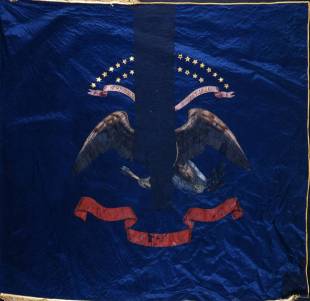
HOME
We were taken to Sturgis, Michigan, the home of our beloved Colonel, who had preceded us a couple of months, having lost a leg at the battle of New Hope Church, Georgia. Here we were mustered out of Uncle Sam’s service, to take date from the 13th day of September, 1864.
SECOND ELECTION OF PRESIDENT LINCOLN
You will doubtless remember that in November, 1864, occurred the election of President Lincoln to his second term. It was a severe trial as well as a great embarrassment to me, who after serving under him as Commander in Chief for over three years and coming home to my native town, as captain in command of the company, that I should be debarred from voting, all because I had not attained the age of twenty-one.
LOOKING BACK
Forty-six years have passed over my head, since donning the army blue, yet many of the incidents mentioned in this paper are as fresh to my memory as though occurring but yesterday. The youthful faces of my comrades appear as vividly as if standing before me at this moment.
Many of the camps, marches, bivouacs, and minor engagements have been blotted from my mind. Sometimes I think of the war as a dream, but as the fourth of January, April, July, and October comes around, and the postman leaves a pension check, I am compelled to realize that it was a reality, and that I gave three of the best years of my life to the service of my country.
I am thankful that I have been permitted to live to see that country reunited under the flag that we followed for many years, the flag that we are proud of, “The Star Spangled Banner,” Old Glory, whose folds we look upon with awe, akin to worship.
CONCLUSION
I have thus hastily sketched my personal recollections of the war. I have purposefully refrained from referring to the killed in action, not because we did not lose our proportion, but on account of the painful recollections that it would recall to my memory.
If this paper has aided anything to the unwritten history of the war, I am doubly repaid.
At my age would not this sentiment be admissible?
No money consideration could buy my experiences during that term of service, and no amount of money would induce me to again undergo it.


